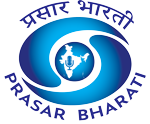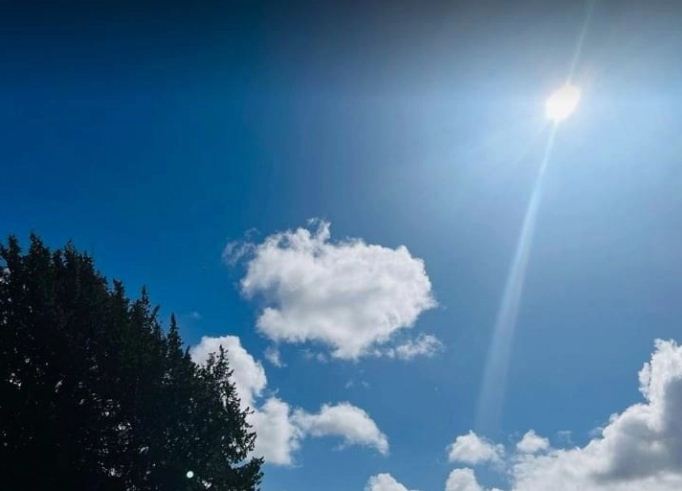An unprecedented heatwave has gripped Kashmir, with temperatures exceeding 35°C for the past few days.
Srinagar city recorded a high of 35.2°C on Thursday — the highest June temperature in the past two decades. Jammu city, too, saw a maximum of 36.5°C, narrowing the temperature gap between the two cities to just 1.3°C.
The heat wave has caused a sharp drop in the water level of the Jhelum River, the Valley’s main water body. Originating at the Verinag Spring in Anantnag district and flowing into Pakistan-occupied Kashmir (PoK) via Uri in Baramulla district, the Jhelum has been severely affected.
With perennial water reservoirs in the mountains already depleted due to reduced snowfall in winter, water levels in streams, rivers, lakes, springs, and wells across the Valley have alarmingly diminished.
Farmers in Ganderbal, Srinagar, Budgam, Bandipora, Kupwara, Baramulla, Shopian, Kulgam, and Anantnag districts are already reporting water shortages for their paddy fields and apple orchards. Paddy crops, especially in higher areas, have begun to suffer due to inadequate irrigation.
Paddy requires substantial water until the grains mature, and only during ripening and harvest can farmers allow their fields to dry. Apple orchards also require regular irrigation during the fruiting season; insufficient water leads to apples that lack color, succulence, and have a much shorter shelf life.
While occasional rainfall in April and May had temporarily compensated for reduced water discharge in local rivers and streams, the current heat wave is worsening the situation.
The Meteorological Department, however, offered some relief. A Met office forecast on Friday said, “Weather is likely to remain mainly dry in the Kashmir division with isolated light rain in the Jammu division during the next 24 hours. Scattered to fairly widespread light rain is likely to occur across J&K in the following two days.”
Meanwhile, the School Education Department has announced a 10-day summer break starting July 1.
IANS














